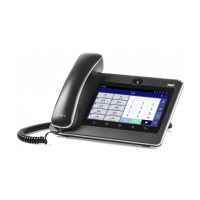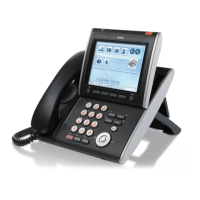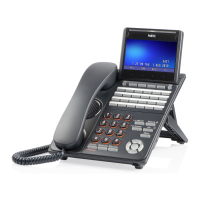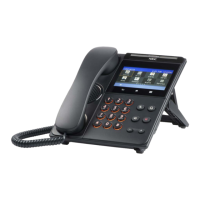271
Understanding and creating a rule
Dial plan rules are written in regular expressions. This section explains how to read and create a rule taking
custom rules for Japan_copy as an example.
You can also customize preset plans. For details, see Creating a custom plan.
■ Custom rules for Japan_copy
The following four rules are copy for Japan. No. 1 has the highest priority.
(*1)
An example of character (number, +, # or *) is entered in "Remove Prefix".
(*2)
An example of characters suitable for "Pattern" is shown as "Number to test ".
Table 38: Custom rules for Japan.
【Description】
・Rule
・Enable
・Pattern
・Add Prefix
・Remove Prefix
・Number to test
・Result number
to test
:You can name a rule for this dial plan.
:You can enable/disable a rule. By selecting this, you enable the rule.
:You can write rules such as adding/deleting the prefix number when the
telephone number meets a certain condition in regular expressions
:You can specify prefix numbers.
:You can specify remove prefix numbers.
:You can write number required to perform test of this rule.
:You can confirm result for "Number to test".
When an error occurs because the characters entered in the “Number to test”
do not match the conditions of the “Pattern” or “Remove Prefix”, the characters
displayed in the “Result number to test” are displayed in red.

